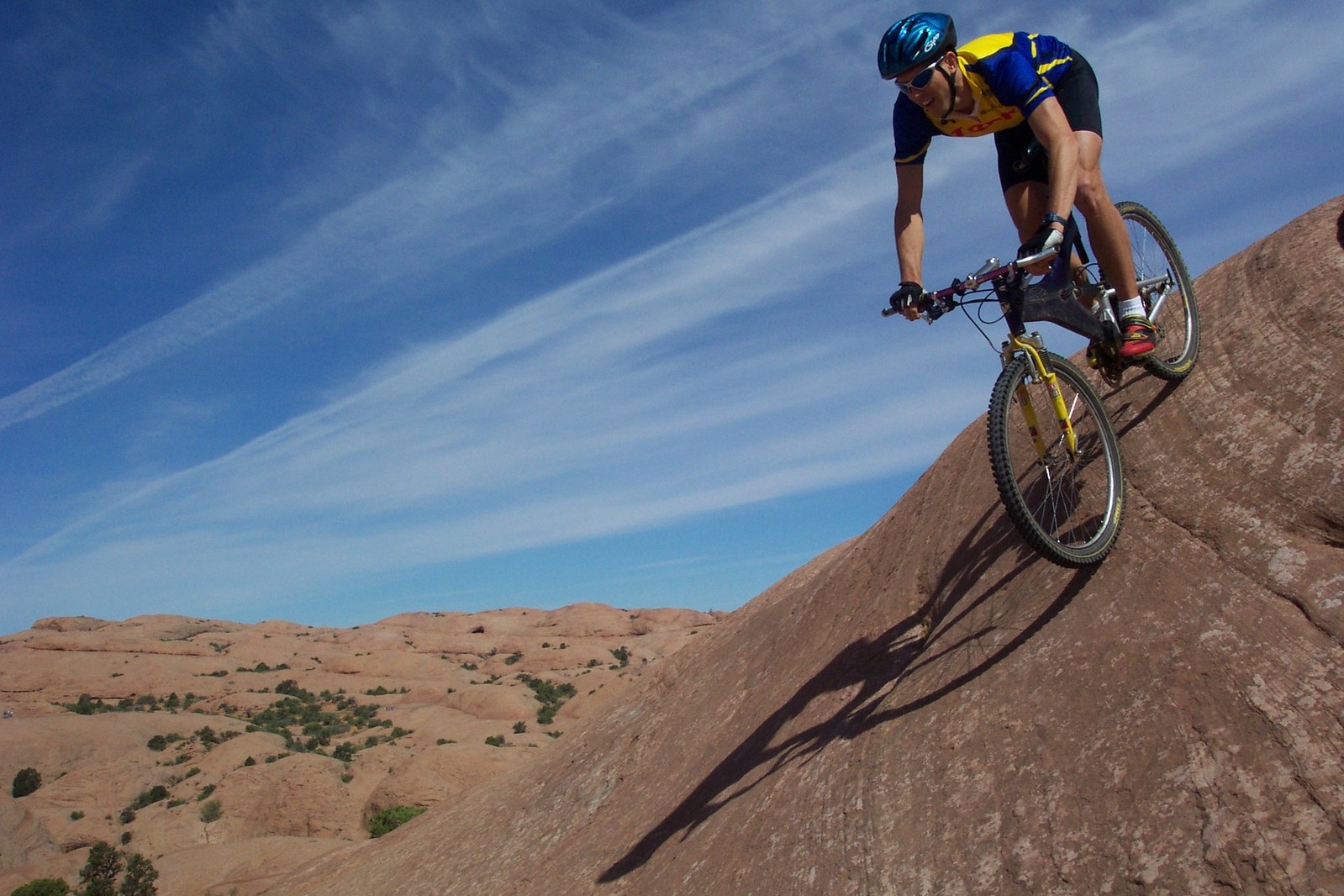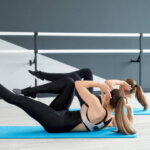Many riders struggle on climbs. The challenge of going uphill on a bicycle is one of the toughest you’ll face as a cyclist. No matter what type of cycling you do, hills are an inevitable part. Being a good hill climber is essential in a race – that’s usually where you can make or break your race.
Regardless of how good you are at climbing, it’s a skill that can always be improved upon by doing the right training and improving your technique.
Unfortunately, there is no magic solution to improve your uphill process. Here are a few tips on how to tackle the hills faster and more efficiently:
Practice Makes Perfect
This should be no secret. If you want to be a better climber, you need to practice and practice some more. We suggest climbing once every other week – ideally on hills with different lengths and gradients. If that’s not possible in your area, repeat the hill you do have or use your smart trainer to simulate hills (intervals or sprints). This will improve your strength and aerobic capacity. The more you ride hills, the better you will become at riding hills.
You can also practice on improving your pedaling. Efficiency on pedaling will produce more power with less energy. On a climb, you want that extra power to reach the top faster. Learn to pedal in smooth circles. This will distribute the workload evenly and reduce fatigue.
Weigh Less
You and your bike. The more weight you are carrying to get up the hill, the harder the climb will be. If you have excess fat on your body – that will slow you down. Find a balance to be light enough but yet strong enough to keep your power. Decreasing body weight will increase aerobic power. Once you have good strength to weight ratio, you’ll find the hills easier to tackle.
Anything you can do to reduce the weight of your bike will also make hill climbing easier. For example, replacing your gel-padded seat with a titanium-rail light seat will take off about a pound of weight. You could also choose lighter spokes, tires and rims. The easiest thing to do is to remove any unnecessary equipment from your bike before a climb.
Get Stronger
Certainly strong legs are important, but that’s not the only strong thing you need to complete a good climb. As a cyclist, your strength training should always begin with the core. While you’re pedaling, your core strength – from your hips and abdomen – will give your legs more power to pedal. If you have a weak core, your legs will be working harder and you’ll tire easily.
Being cardiovascular fit is also a plus. Having a strong heart and lung capacity will assist you when making climbs.
Sit or Stand?
Many studies have been done to determine if it’s better to sit or stand during a climb. It has been found that cyclists generate the most power sitting – they conserve energy. Getting out of the saddle for a climb may make you a bit faster, but it will overextend your quad muscles leaving you with a poor run in you race.
Pace Yourself
Don’t go too fast, too hard, too early. If you do, you’re going to make for a slow second half of your ride and – even if you are able to sustain for the rest of your ride, you will definitely pay for it in your run. If you’re using a heart rate monitor, it’s best to be at 65 percent of your maximum heart rate if you are doing a long ride. If you can no longer hold a normal conversation while climbing, it is smarter to slow down and conserve your energy for the remainder of your ride and race.
Need some help training to be efficient on those big climbs? Contact me today. I can provide training tips and motivation for you to take on those epic hills while cycling resulting in a better overall race time.
Train Right, Tri Right!
Coach MJ







